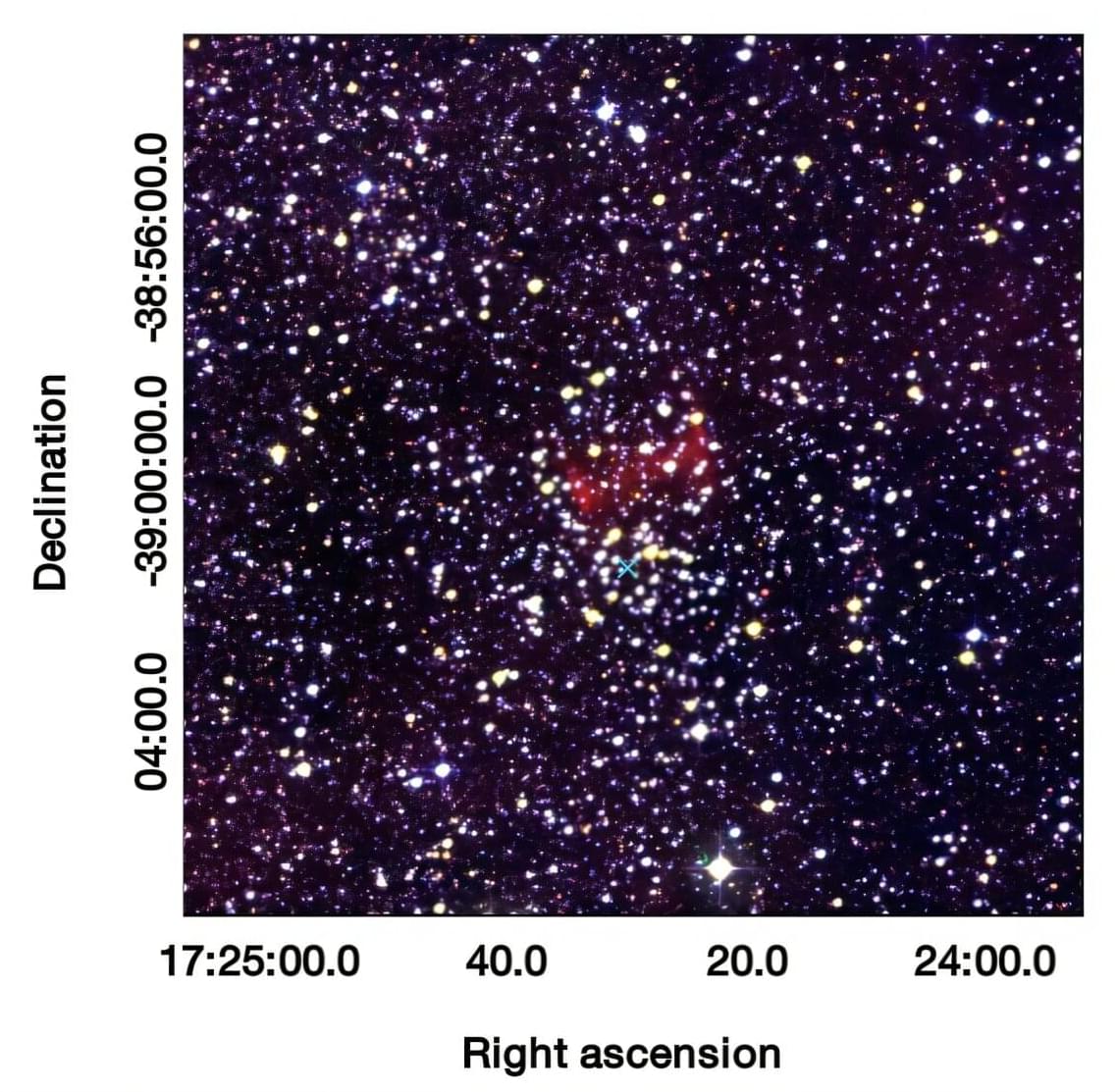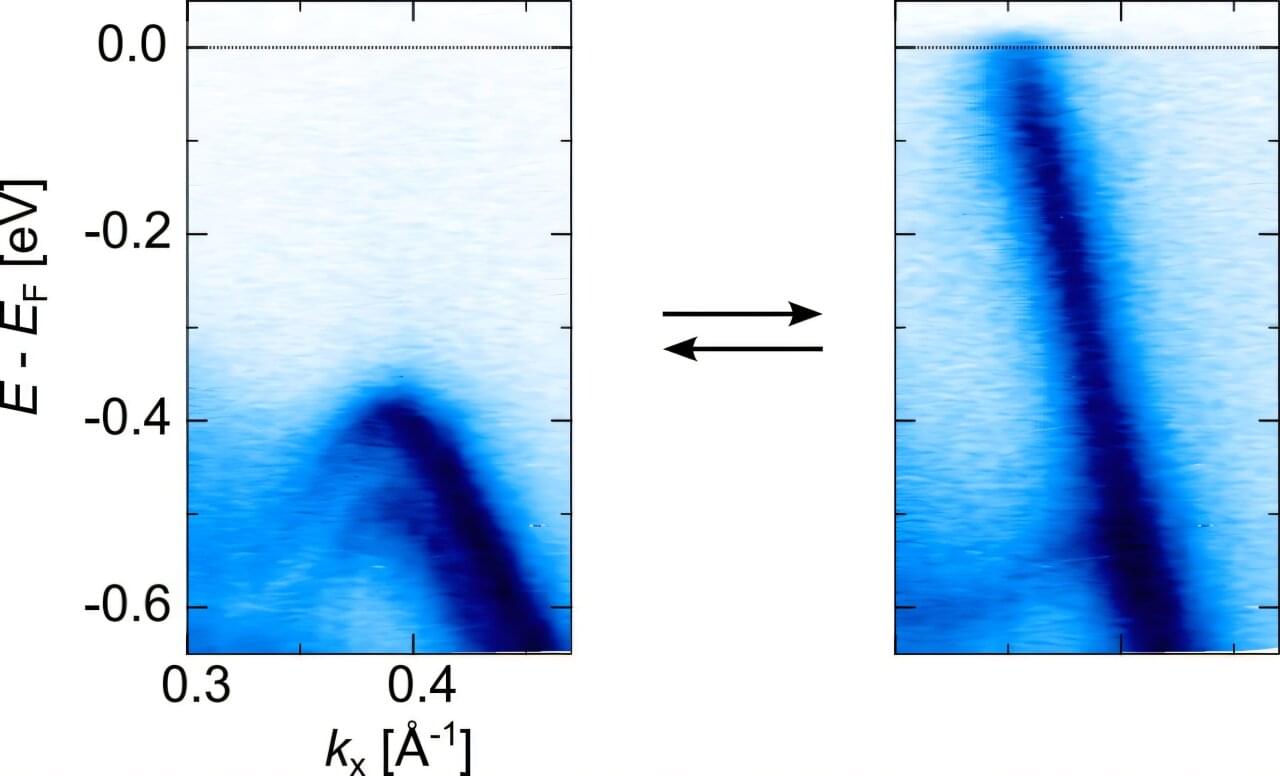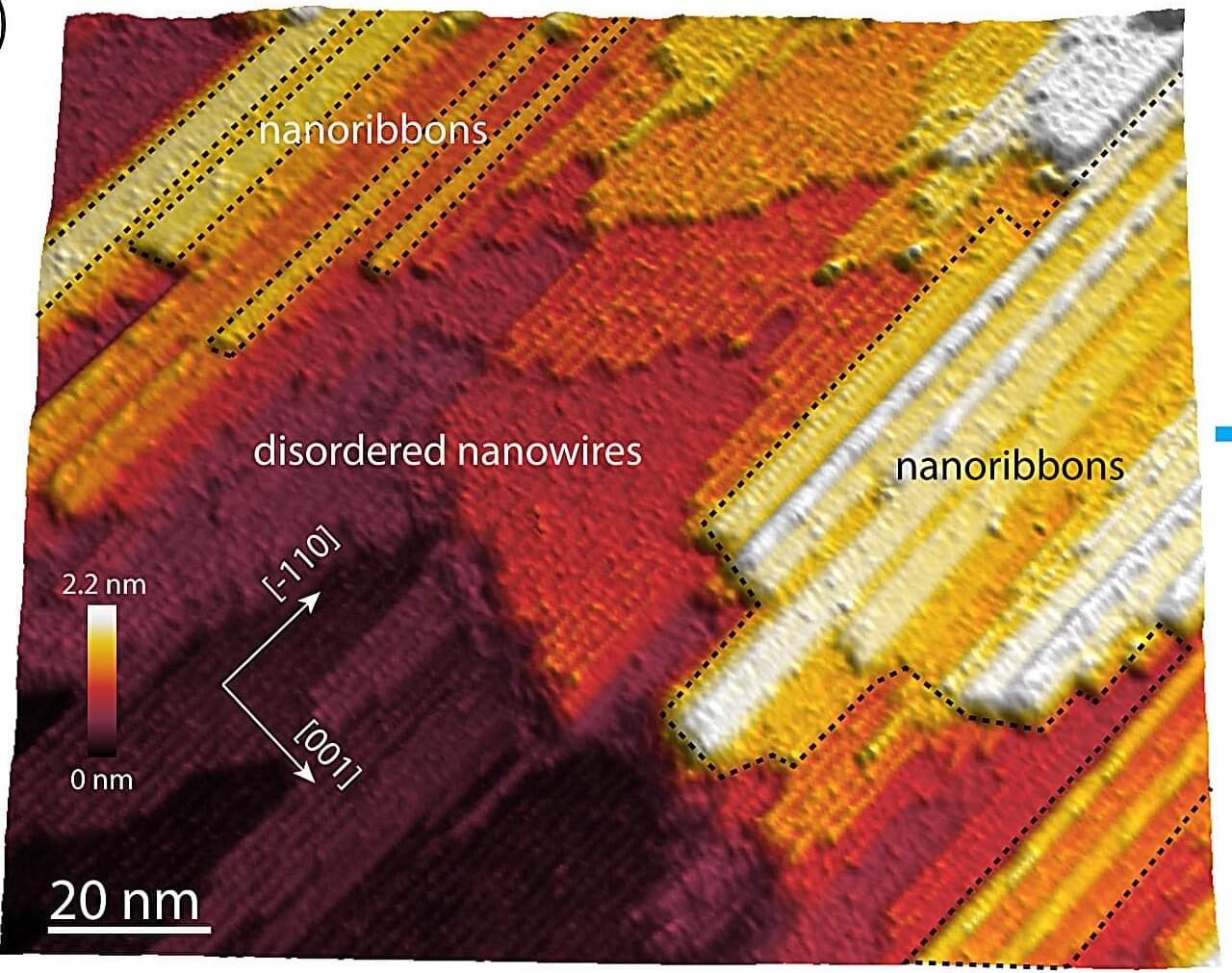Rocks that stood out as light-colored dots on the reddish-orange surface of Mars now are the latest evidence that areas of the small planet may have once supported wet oases with humid climates and heavy rainfall comparable to tropical climates on Earth.
The rocks discovered by NASA’s Perseverance Mars rover are white, aluminum-rich kaolinite clay, which forms on Earth after rocks and sediment are leached of all other minerals by millions of years of a wet, rainy climate.
These findings were published Monday (Dec. 1) in the journal Communications Earth & Environment by lead author Adrian Broz, a Purdue University postdoctoral research associate in the lab of Briony Horgan, a long-term planner on NASA’s Mars Perseverance rover mission and professor of planetary science in the Department of Earth, Atmospheric, and Planetary Sciences in Purdue’s College of Science.








